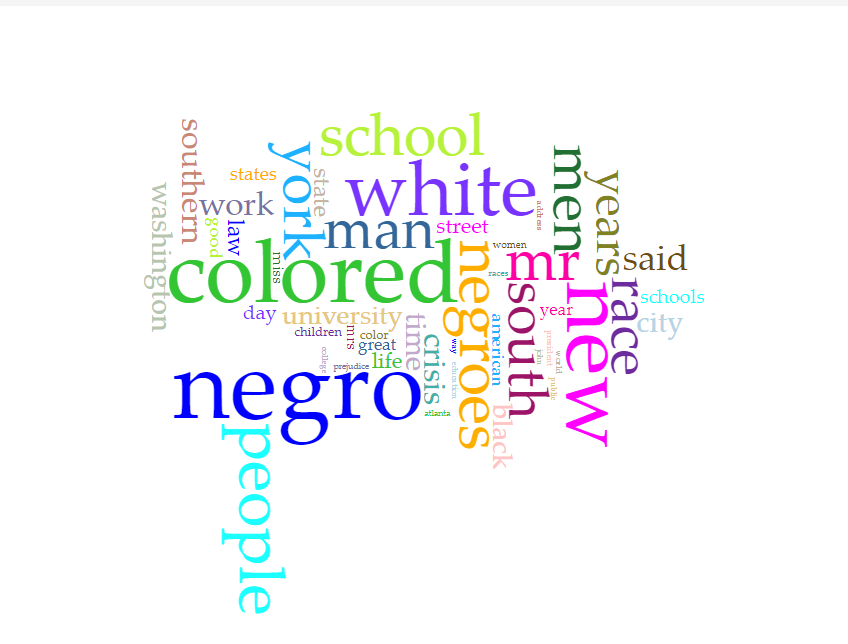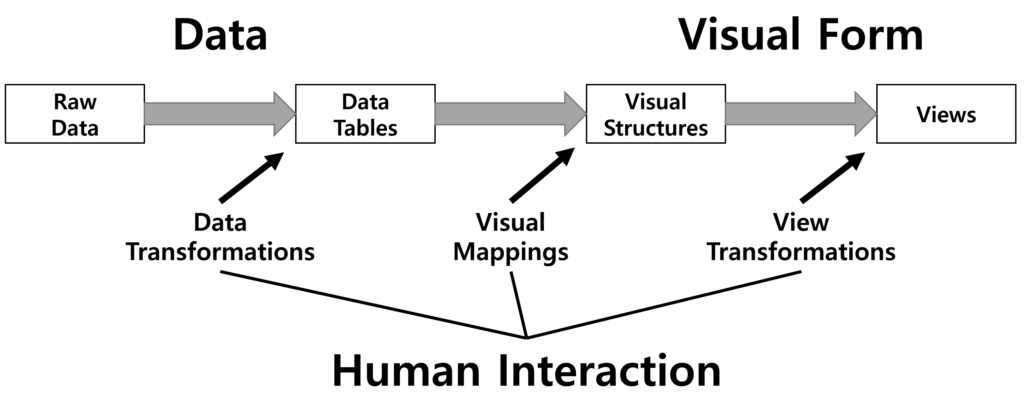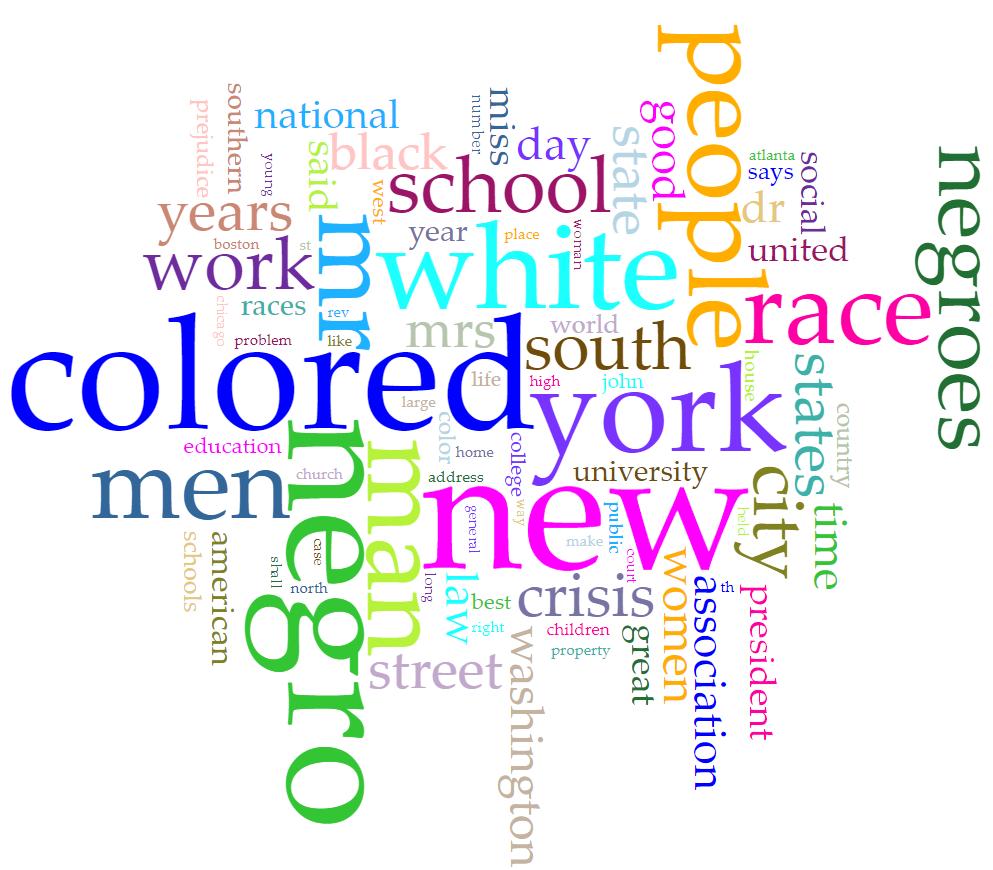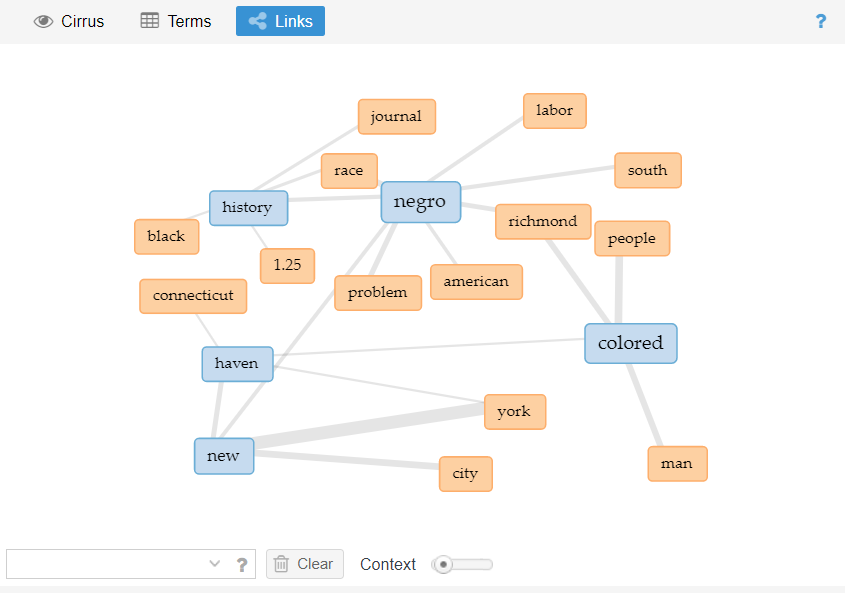In the lecture day of the class, instructors lead us to explore the easy data analysis tool-Voyant. Voyant is a web-based tool that can gives people an insight to see the structure of the article or magazine and the topic. During the exploration of the Voyant, I found this tool can variable way that allow people to dig into the article without spending too much time on the reading. And I come up a few questions to the data analysis tool not only to the Voyant but also to other tools.
- Why we choose Voyant?
- what are the advantages and disadvantages of the Voyant?
- What contribution the data analysis tool can provide to the DH filed?
The obvious reason for question 1 is accessibility. The way that people can get data is very simple, you just need to find the TEI data about the article you want to research and upload to the Voyant, and Voyant will help you to analyze and feedback visualized data to you. In the meantime, Voyant can provide various ways to shows the visualized data, from normal cirrus even to the DreamScape. So if someone wants to figure out what’s the article talking about without spending too much time reading. This easy to use tool is suitable for these people.

The advantages are clear, easy to use, easy to export your result, different ways to see the graph, and save time. But the disadvantages are also obvious, even this tool can save some time, but without looking the whole magazine, it is hard to understand the main point of the article. For example, the image below is the visualized data from Vol. 1, No. 6.

We may get some idea that what this magazine talking about. But we cannot get the main point of the magazine without reading the whole magazine.
I think the main contribution to the DH is tricky. Data analysis and visualization tools can provide a new way to understand the article and magazine.


